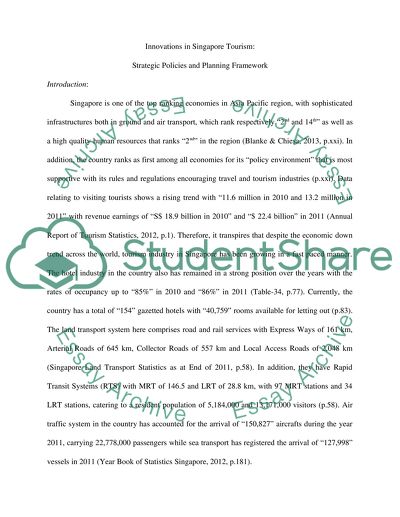Cite this document
(“Destination Singapore scenario Assignment Example | Topics and Well Written Essays - 2250 words”, n.d.)
Destination Singapore scenario Assignment Example | Topics and Well Written Essays - 2250 words. Retrieved from https://studentshare.org/tourism/1478490-destination-singapore-scenario
Destination Singapore scenario Assignment Example | Topics and Well Written Essays - 2250 words. Retrieved from https://studentshare.org/tourism/1478490-destination-singapore-scenario
(Destination Singapore Scenario Assignment Example | Topics and Well Written Essays - 2250 Words)
Destination Singapore Scenario Assignment Example | Topics and Well Written Essays - 2250 Words. https://studentshare.org/tourism/1478490-destination-singapore-scenario.
Destination Singapore Scenario Assignment Example | Topics and Well Written Essays - 2250 Words. https://studentshare.org/tourism/1478490-destination-singapore-scenario.
“Destination Singapore Scenario Assignment Example | Topics and Well Written Essays - 2250 Words”, n.d. https://studentshare.org/tourism/1478490-destination-singapore-scenario.


